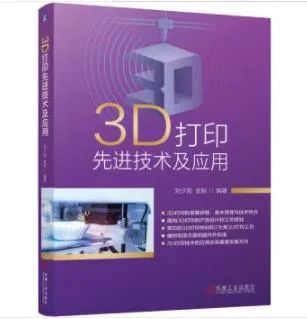1 Introduction
2 3D printing technology has become the main body of additive manufacturing technology
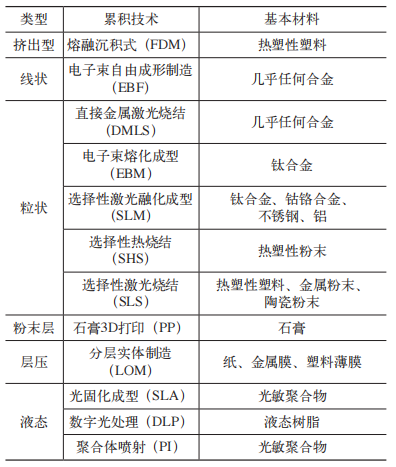
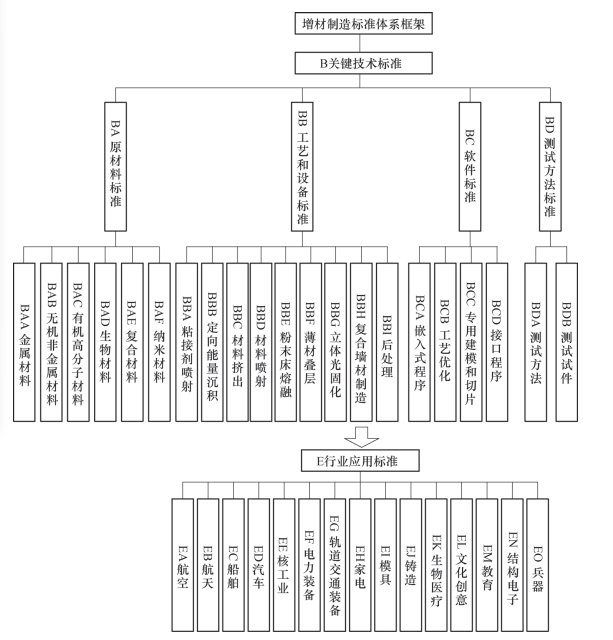
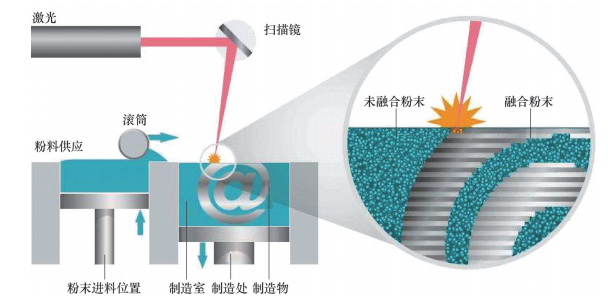
3 Metal 3D printing has established a relatively complete industrial chain

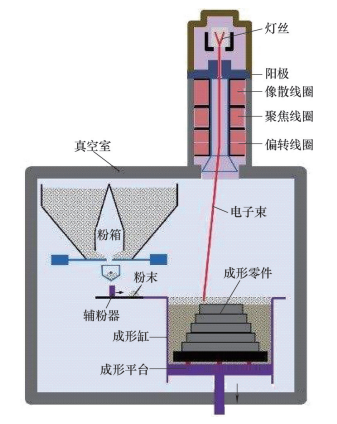
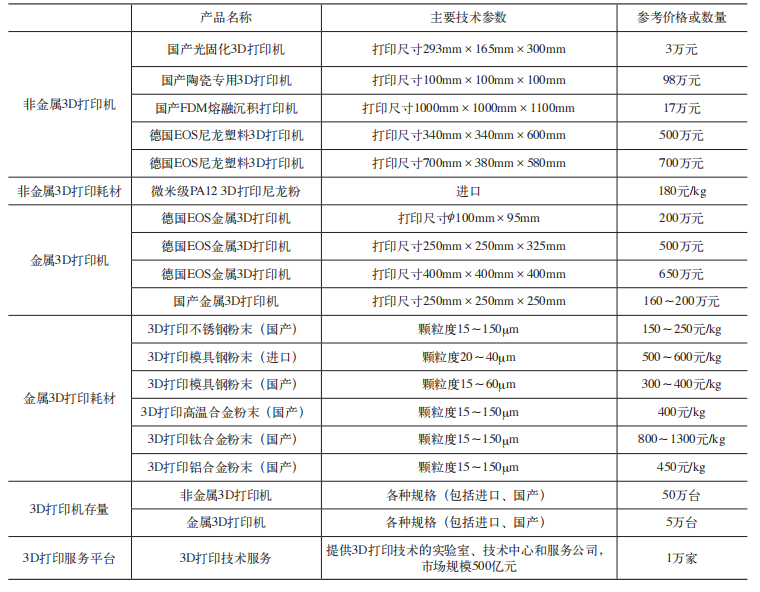
4 Metal 3D printing technology has been successfully applied in the mold manufacturing field
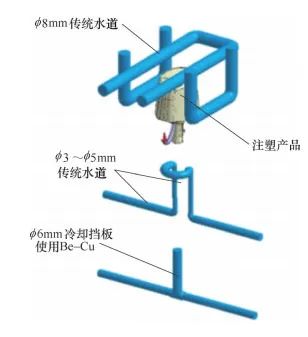
 b)Conformal Cooling Channels (After Improvement)Figure 5 Optimization Design of Cooling Channels in Injection Molds
b)Conformal Cooling Channels (After Improvement)Figure 5 Optimization Design of Cooling Channels in Injection Molds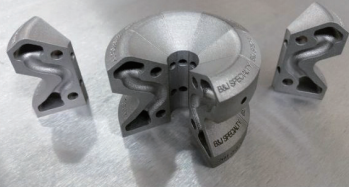

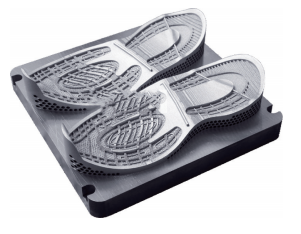
5 Metal 3D Printing Technology: An Important Link in Intelligent Mold Design and Manufacturing
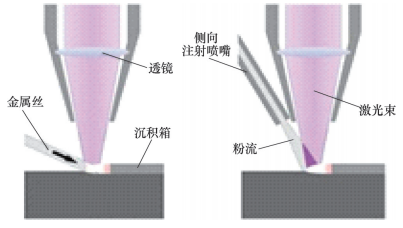

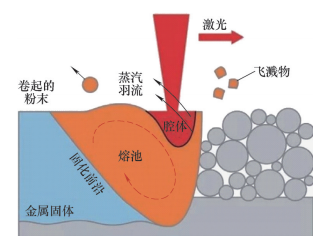
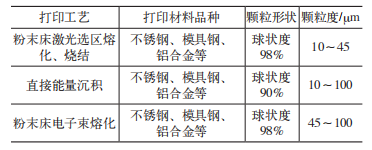
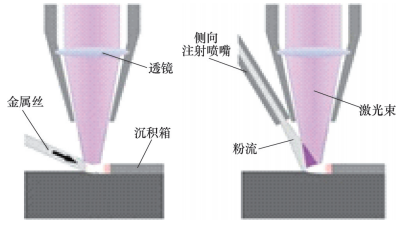
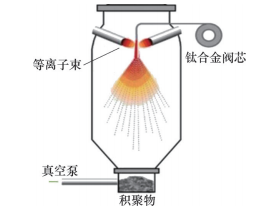
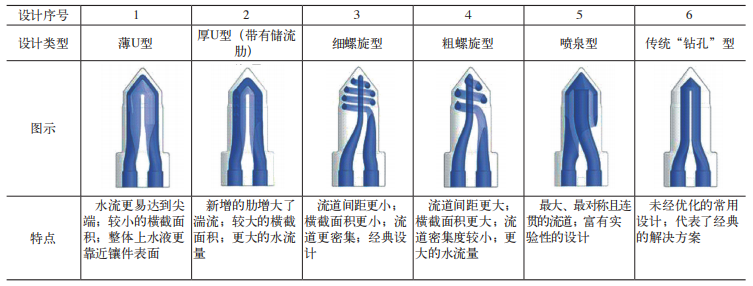


6 Conclusion


